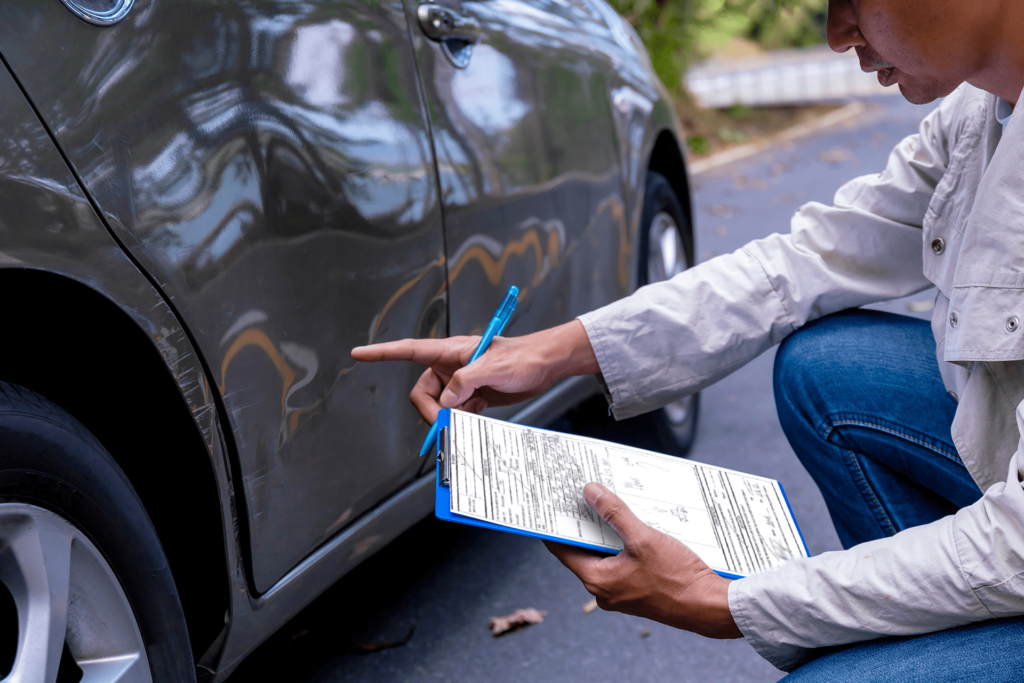“Understanding your auto insurance coverage can be as crucial as understanding the road signs—both guide you safely through unexpected events.” Dealing with an auto accident can be stressful, but knowing how to efficiently navigate the insurance claims process can make a significant difference. This guide provides essential insights into managing auto insurance claims, ensuring you are well-prepared in the unfortunate event of an accident.
Before the Accident: Preparation is Key Before you even find yourself in an accident, it’s crucial to understand what your insurance policy covers and what it doesn’t. Familiarize yourself with terms like deductible, liability, comprehensive, and collision coverage. Knowing these details ahead of time will ease the process should you need to file a claim.
Immediate Steps After an Accident:
- Safety First: Ensure that everyone involved in the accident is safe. Call emergency services if there are any injuries.
- Document the Scene: Take photographs of the accident scene, including all vehicles involved, any visible damage, and the environment. These will be invaluable when filing your claim.
- Exchange Information: Collect the names, addresses, phone numbers, insurance details, and license plate numbers of all parties involved in the accident.
- File a Police Report: This may be mandatory in some areas and serves as an important piece of documentation for your insurance claim.
Navigating Claims Post-Collision: Once the initial steps are taken, it’s time to officially file your claim. Here’s how to navigate this process:
- Contact Your Insurance: Inform your insurance company about the accident as soon as possible. Most insurers have a 24-hour hotline for such incidents.
- Provide Detailed Information: Give a comprehensive account of the incident. The information and photos you collected will support your version of events.
- Keep Records: Document every interaction with your insurance company, including dates, names, and what was discussed. This documentation can help avoid potential misunderstandings.
Working with Auto Shops and Insurance: Choosing the right auto body shop is critical, as your insurance company may have preferred providers or specific guidelines for where repairs can be made. Some key points include:
- Understanding Your Policy: Some insurance policies may limit where you can get repairs done or specify the use of certain parts.
- Choosing a Certified Auto Body Shop: Certified shops ensure high-quality repairs that comply with safety standards.
Common Pitfalls in Insurance Claims: Avoid common mistakes such as admitting fault at the scene, neglecting to gather sufficient evidence, or delaying the claims process. Each of these can complicate your insurance claim and potentially affect the outcome.
Conclusion: Navigating the aftermath of a car accident involves more than just repairing your vehicle; it involves managing a thorough insurance claims process. Being prepared, documenting thoroughly, and understanding your insurance coverage is key to handling auto insurance claims effectively.





